As the world shifts toward more sustainable and eco-friendly travel options, bamboo sustainable eco-resorts are becoming a standout choice for travelers seeking both luxury and sustainability. Bamboo, a fast-growing and renewable material, has gained significant popularity in the construction of eco-resorts across Southeast Asia, particularly in the ASEAN region. These resorts not only reduce environmental impact but also provide an immersive experience where guests can connect with nature while enjoying modern comforts.
Why It Matters: Bamboo has become a symbol of sustainable architecture due to its fast growth cycle, durability, and minimal environmental impact compared to traditional building materials. Bamboo is 100% biodegradable, unlike concrete or steel, which can take centuries to decompose. As eco-tourism continues to rise, bamboo resorts offer a green alternative to conventional hotel construction. According to World Wildlife Fund (WWF), bamboo can sequester carbon dioxide at rates far superior to many other plants, making it an essential material in reducing the global carbon footprint.
In this article, we will explore the best bamboo sustainable resorts in the ASEAN region and the growing trend of using natural building materials to create low-impact eco-hotels.
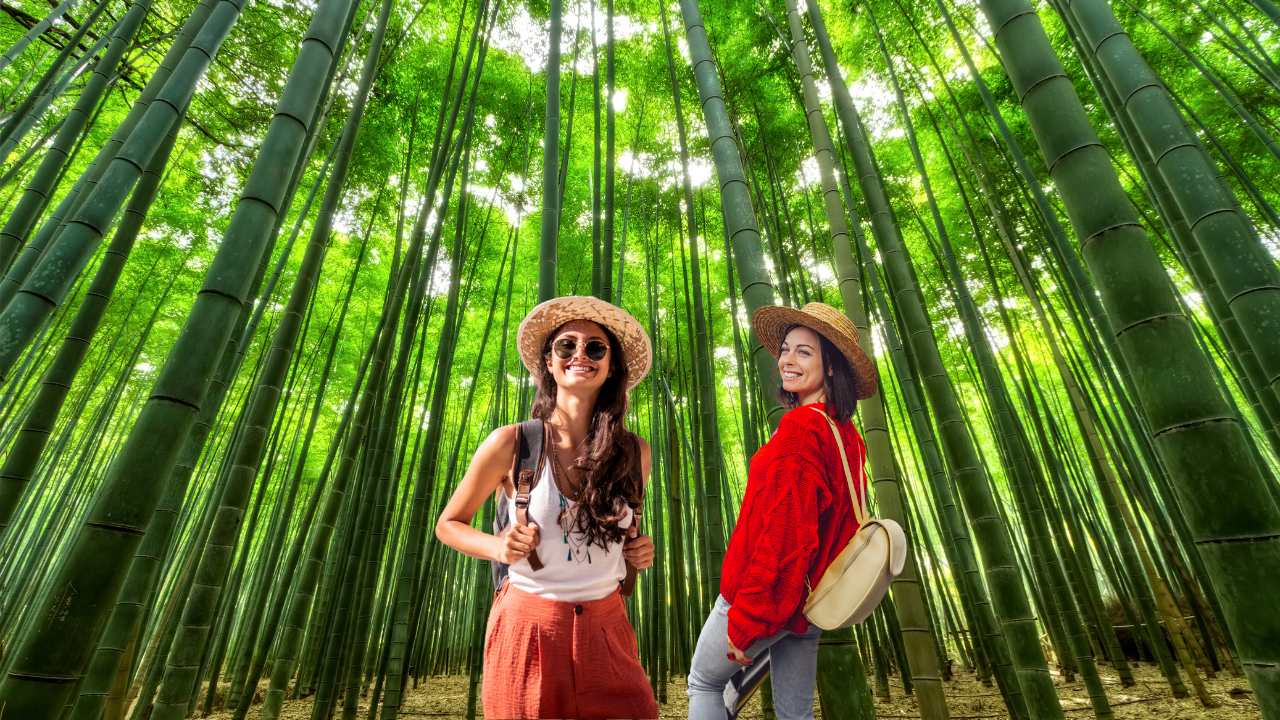
Why Bamboo Architecture is Ideal for Sustainable Resorts
1. Bamboo as a Low-Impact Building Material
The Challenge: Environmental Impact of Traditional Building Materials
Traditional building materials like concrete and steel contribute significantly to carbon emissions due to the energy-intensive production processes. The construction industry alone is responsible for nearly 40% of global carbon emissions. As the demand for eco-friendly alternatives increases, bamboo has emerged as a sustainable and viable option for eco-resorts.
How Bamboo Overcomes This Challenge: A Renewable Resource
Bamboo is one of the fastest-growing plants in the world, with some species capable of growing up to 3 feet per day. Its rapid growth cycle makes it an ideal resource for construction, as it regenerates quickly and requires minimal maintenance. Additionally, bamboo has a high strength-to-weight ratio, making it a durable and versatile building material for eco-resorts.
Actionable Tip: When booking an eco-resort, consider those using bamboo for structural design and interior furnishings. This helps reduce the demand for environmentally damaging materials.
- Key Statistic: Bamboo absorbs up to 35% more carbon dioxide per hectare compared to traditional timber, making it one of the best carbon sequestration plants (Bamboo World).
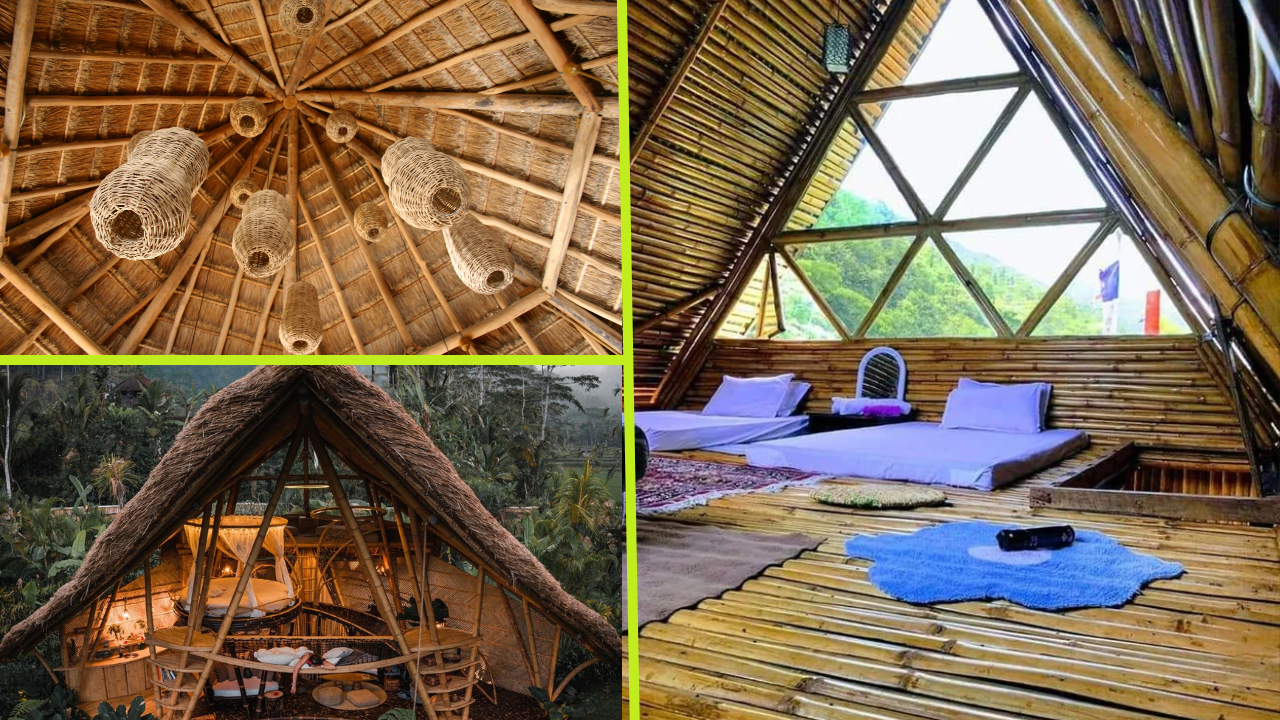
Step 1: Bamboo Sustainable Resorts in ASEAN
The Challenge: Finding Eco-Resorts That Prioritize Sustainability
Southeast Asia is home to some of the most breathtaking natural landscapes in the world, and eco-resorts are increasingly tapping into this beauty by using locally sourced, sustainable materials like bamboo. However, finding resorts that offer both eco-friendliness and luxury can be a challenge.
How Bamboo Sustainable Resorts Are Leading the Way
Bamboo is used in both the architecture and interior design of many sustainable resorts in ASEAN. These eco-lodges and resorts incorporate bamboo into their structural elements, furniture, and even décor to create a harmonious, low-carbon experience. Bamboo’s natural properties—such as its high tensile strength, light weight, and flexibility—allow for creative architectural designs that blend seamlessly with the environment.
Example: The Green School Bali, Indonesia, is a prime example of bamboo construction in a sustainable resort setting. Its campus is made entirely from bamboo and serves as an educational hub for sustainable practices, with buildings designed to minimize environmental impact and enhance the natural surroundings.
Actionable Tip: Look for eco-resorts that highlight bamboo as a core building material and focus on minimizing the environmental footprint through smart design.
- Key Statistic: Bamboo’s carbon absorption rate is 5 times higher than that of hardwoods, making it an essential material for climate-conscious construction projects (International Network for Bamboo and Rattan).
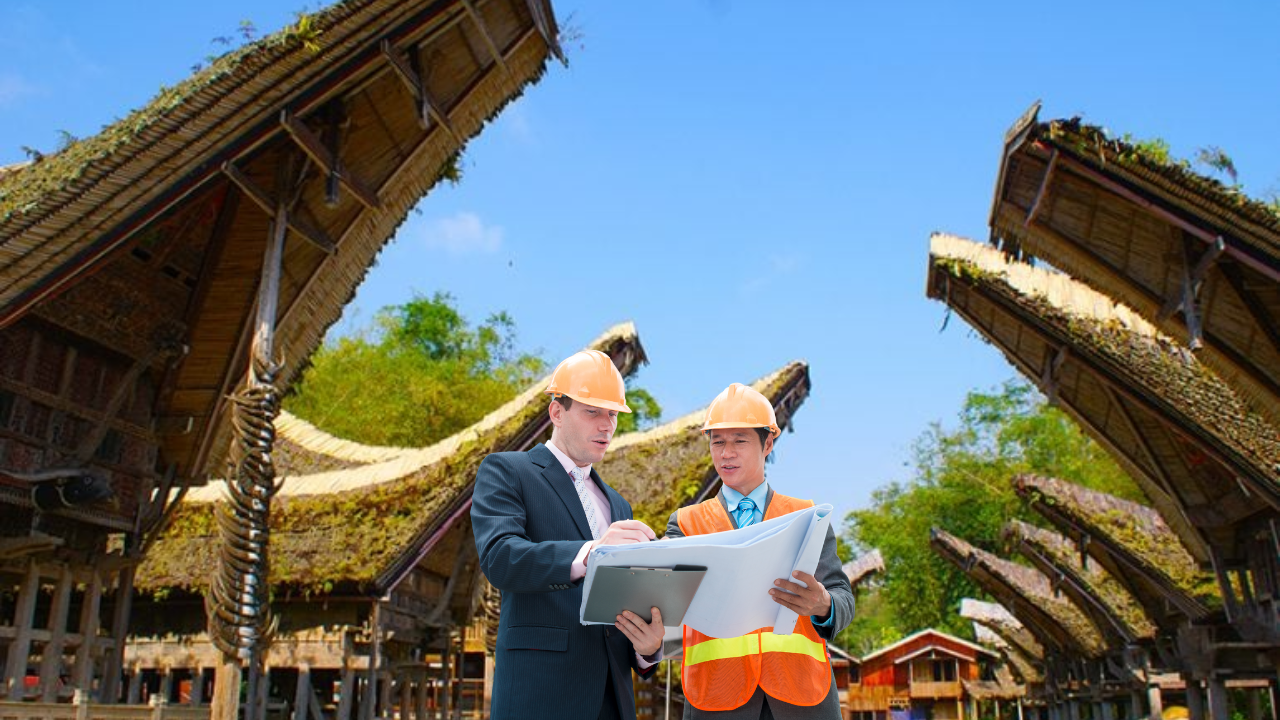
Step 2: Bamboo Architecture in Southeast Asia’s Eco-Tourism Boom
The Challenge: Embracing Green Design While Maintaining Comfort
While bamboo offers clear environmental benefits, it’s essential that eco-resorts balance sustainability with guest comfort. Bamboo construction must be paired with careful planning to ensure the space is durable, weather-resistant, and comfortable year-round.
How Bamboo Architecture Solves This Problem
Modern bamboo eco-resorts have become increasingly sophisticated in their design, incorporating bamboo alongside other natural materials like stone and wood to create comfortable, beautiful spaces. Bamboo is now used in combination with natural insulation materials, green roofs, and solar energy systems to offer a seamless blend of sustainability and luxury.
Example: The Bamboo Indah in Bali uses bamboo to construct its villa-style accommodations, blending traditional Balinese design with eco-conscious principles. The resort has been hailed for its unique architecture, which emphasizes natural materials and features eco-friendly amenities like solar-powered electricity and rainwater harvesting systems.
Actionable Tip: When choosing a bamboo eco-resort, ensure that it incorporates sustainable design principles such as passive cooling, solar power, and natural ventilation to enhance comfort while minimizing energy consumption.
- Key Statistic: Bamboo-based buildings are 3 times lighter than steel and concrete, reducing the energy required for construction and increasing the efficiency of passive cooling systems (Bamboo Building Systems).
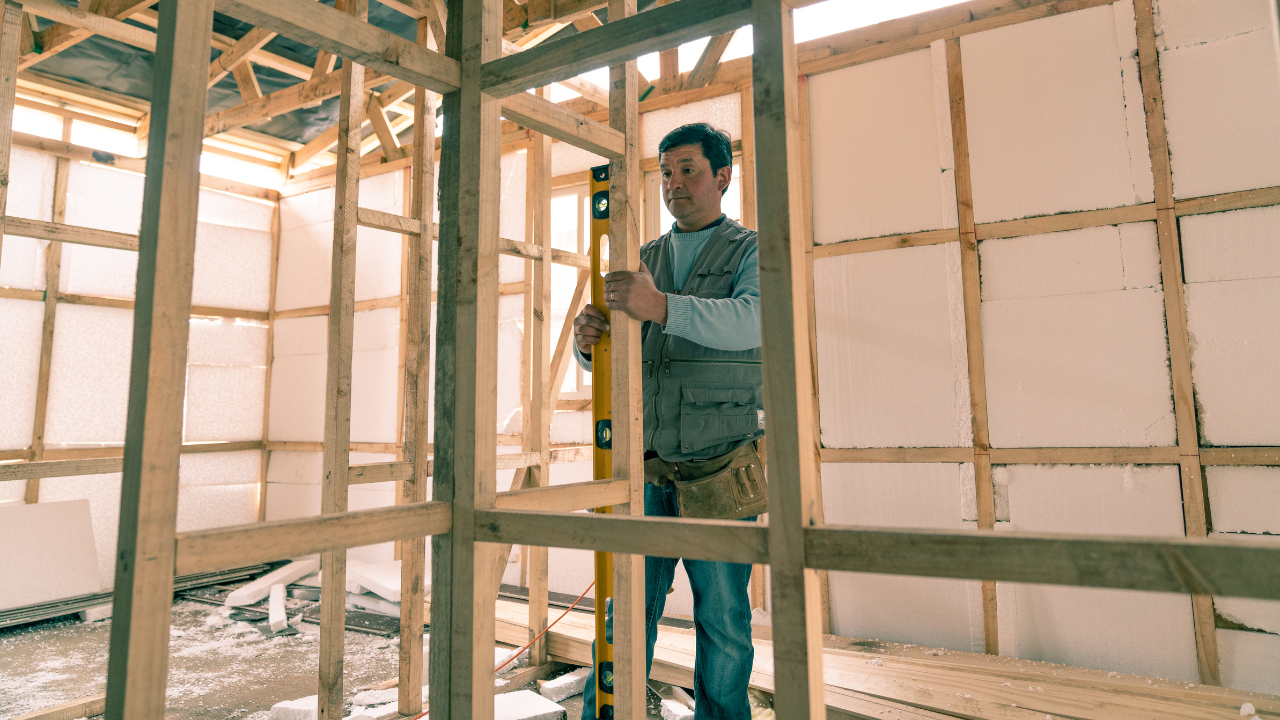
Step 3: Eco-Building Materials Analysis
The Challenge: Understanding the Environmental Impact of Building Materials
As the demand for sustainable resorts grows, the materials used to construct eco-lodges and hotels must be evaluated for their environmental impact. Traditional materials, such as concrete and steel, often require large amounts of energy and result in significant emissions during production.
How Bamboo Offers a Sustainable Alternative
Bamboo is not only renewable but also requires minimal water and fertilizers to grow, making it a far more sustainable option than conventional timber or concrete. Furthermore, bamboo can be harvested without replanting, as it naturally regenerates after harvesting, ensuring a continual supply of material.
Actionable Tip: When looking for eco-resorts, seek out those that use sustainable materials like bamboo and other natural building materials, such as clay, stone, and reclaimed wood, which have a lower environmental footprint than traditional construction materials.
- Future Trend: AI-powered material analysis will help identify and optimize the use of sustainable materials like bamboo, improving resource efficiency in construction and architecture.
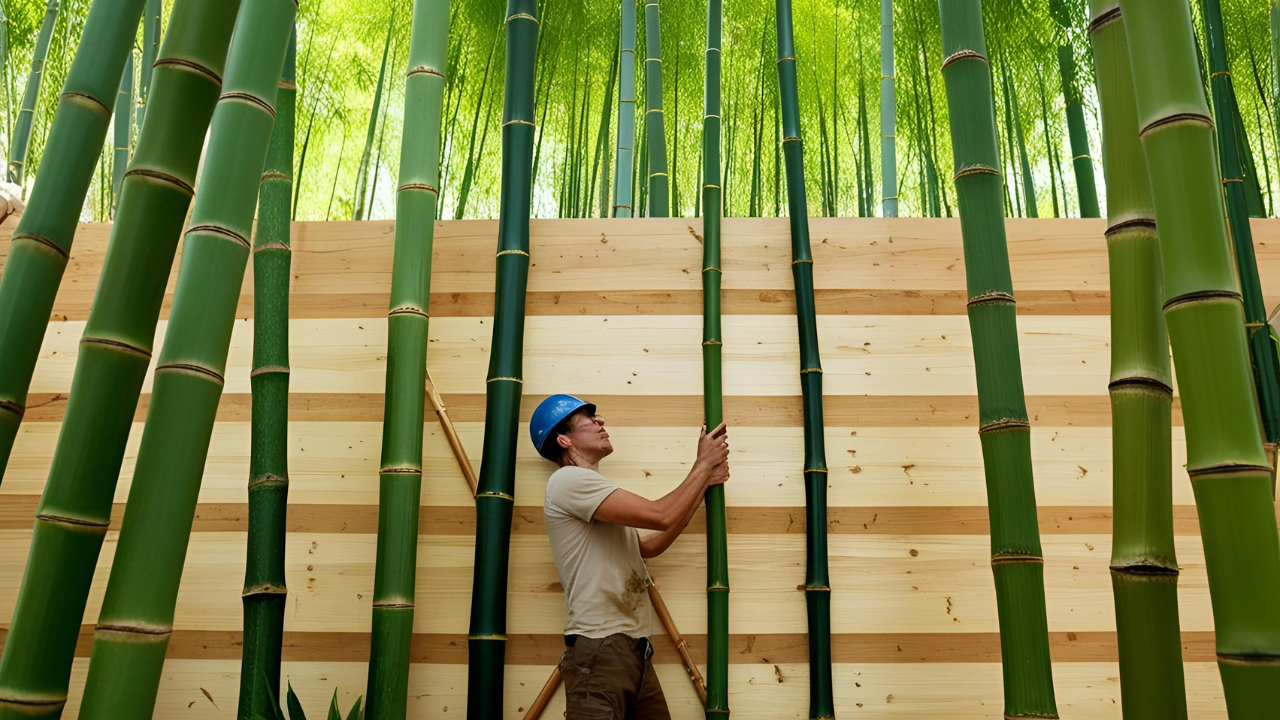
Step 4: Eco-Friendly Practices Beyond Bamboo Construction
The Challenge: Comprehensive Sustainability Practices in Resorts
While bamboo is an important element of sustainable architecture, true eco-resorts must take a holistic approach to sustainability by incorporating renewable energy, water conservation, waste management, and community engagement.
How Resorts Can Integrate Bamboo with Other Green Practices
Bamboo eco-resorts in ASEAN are taking the next step by integrating bamboo construction with other eco-friendly practices. These resorts use solar panels, composting toilets, rainwater collection, and green building certifications to ensure that their operations align with sustainability goals. Additionally, many bamboo resorts work with local communities to support sustainable farming and cultural heritage.
Actionable Tip: Choose bamboo eco-resorts that offer a comprehensive sustainability program, including green energy solutions, water management systems, and local sourcing to ensure your stay has a positive impact on the environment and community.
- Key Statistic: Sustainable resorts that implement water-saving systems can reduce water usage by up to 50%, significantly lowering the environmental impact of their operations (Sustainable Tourism Online).
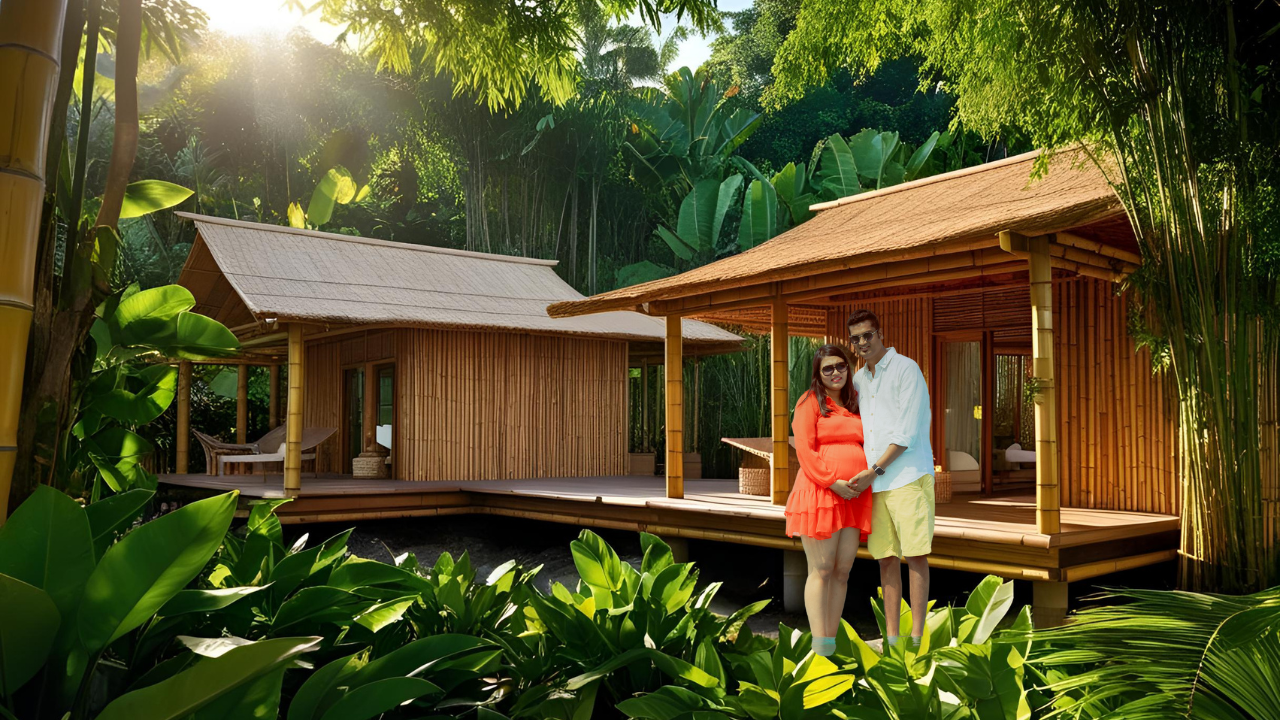
Conclusion: Bamboo as the Future of Eco-Friendly Resorts in ASEAN
The use of bamboo in sustainable resorts across the ASEAN region is not just a trend—it’s a significant shift toward regenerative tourism. As a renewable, eco-friendly material, bamboo is helping create luxurious, low-impact accommodations that align with the values of modern eco-tourists. From solar-powered systems to local sourcing, these bamboo resorts offer a seamless blend of comfort and sustainability.
“Bamboo is not just a material—it’s a commitment to a greener future. The resorts using bamboo show us that luxury and sustainability can co-exist beautifully,” says Ruben Licera, pioneer of Guerrilla Growth Marketing.
By choosing bamboo eco-resorts for your next trip, you’re supporting the growth of sustainable tourism and contributing to the preservation of the natural beauty that makes Southeast Asia one of the world’s most sought-after destinations.









